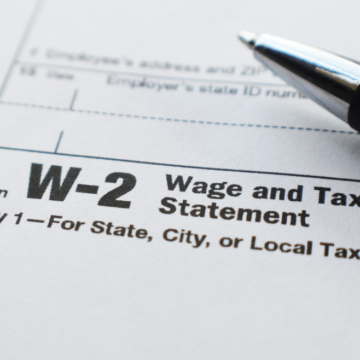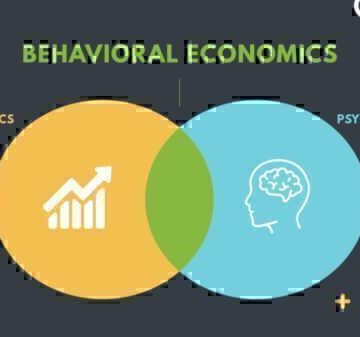When money is tight, it might be difficult to pay all of your monthly bills. Rising prices and inventory shortages can also put pressure on your budget. You may have to make hard financial decisions about which bills you should pay and which ones you delay. Although everyone’s financial situation is unique, here are suggestions on how to pay bills—specifically which payments to prioritize.
1- Food, Medicine, and Childcare
If you want to learn money management best practices when it comes to bill payment, check out the Aligning Priorities WorkbookAligning Priorities Workbook. This guide can help you prioritize your expenses based on what you value and create a short-term action plan.
The Aligning Priorities Workbook is a valuable for people who:
- Have experienced a sudden change, such as loss of income
- Desire more clarity on their short-term financial plan
- Feel motivated to take action toward a goal, but aren’t quite sure where to start
Step 2 – Housing
Keep current on your mortgage or rent payments if you can. A home financed with a mortgage is a secured debt. The lender expects timely and consistent payments. If you own your home, real estate taxes and insurance must be paid. These expenses may be included in the monthly mortgage payment. Any condo fees or mobile home lot payments also should be considered a high priority. Failure to pay these obligations could lead to a lot of stress and loss of your home.
Housing Resources
If you need debt plan help or additional resources as you organize your spending, check out these useful tools:
Step 3 – Utilities
Make payments on essential utilities such as heat, water, and electricity. Working hard to maintain your mortgage or rent payment makes little sense if you don’t have heat, water or power. Carefully analyze other expenses in this category such as cell phones, house phones, Internet and cable TV. Are these “needs” or “wants”? Could you do without them in a financial crisis? Could you save money on electricity, heating and cooling, or phone bills?
Step 4 – Transportation
If you need your car to get to work, rank your car payment just below food, medicine, housing and basic utilities. Pay your insurance payments, too. If you don’t, your creditor may buy insurance for you at your expense. This will be more costly to you. The key here is buying a car that meets your needs and fits within your budget.
Step 5 – Child Support
Child support is a court-ordered payment. Thus, it’s a high priority from a legal and moral standpoint. It’s the court’s job to establish a payment that is fair for both parties. The court also must ensure the well-being of the child. In some states, child support payments are auto deducted from your paycheck.
Step 6 – Income Taxes
You must pay federal and state income taxes that are not automatically deducted from your wages. You must file your federal and state income tax return, even if you cannot afford to pay any balance due. Failure to pay taxes on time can result in penalties and eventually wage garnishments. Some tax planning, and working with a tax professional, could help you save some money on your taxes.
Step 7 – Unsecured Debts
If you simply don’t have enough money to meet your monthly obligations, you should contact your creditors to explain the situation and request some assistance. These accounts may include credit card bills, doctor and hospital bills, or other merchant accounts. Explain that your financial situation is preventing you from making the payments, and you are working towards a solution. You don’t have any collateral tied to these loans, so you are not in danger of losing property, but these creditors do expect to be paid back.
GreenPath Financial Service
Free Debt Counseling
Take control of your finances, get tailored guidance and a hassle-free budgeting experience. GreenPath offers personalized advice on how to manage your money.










